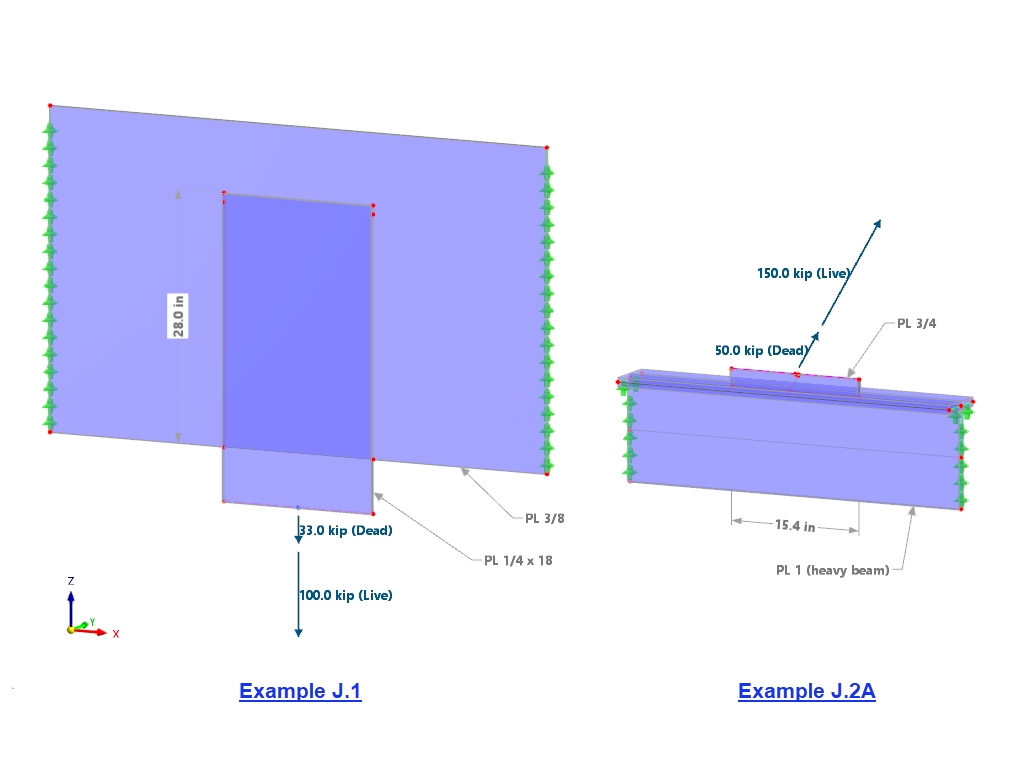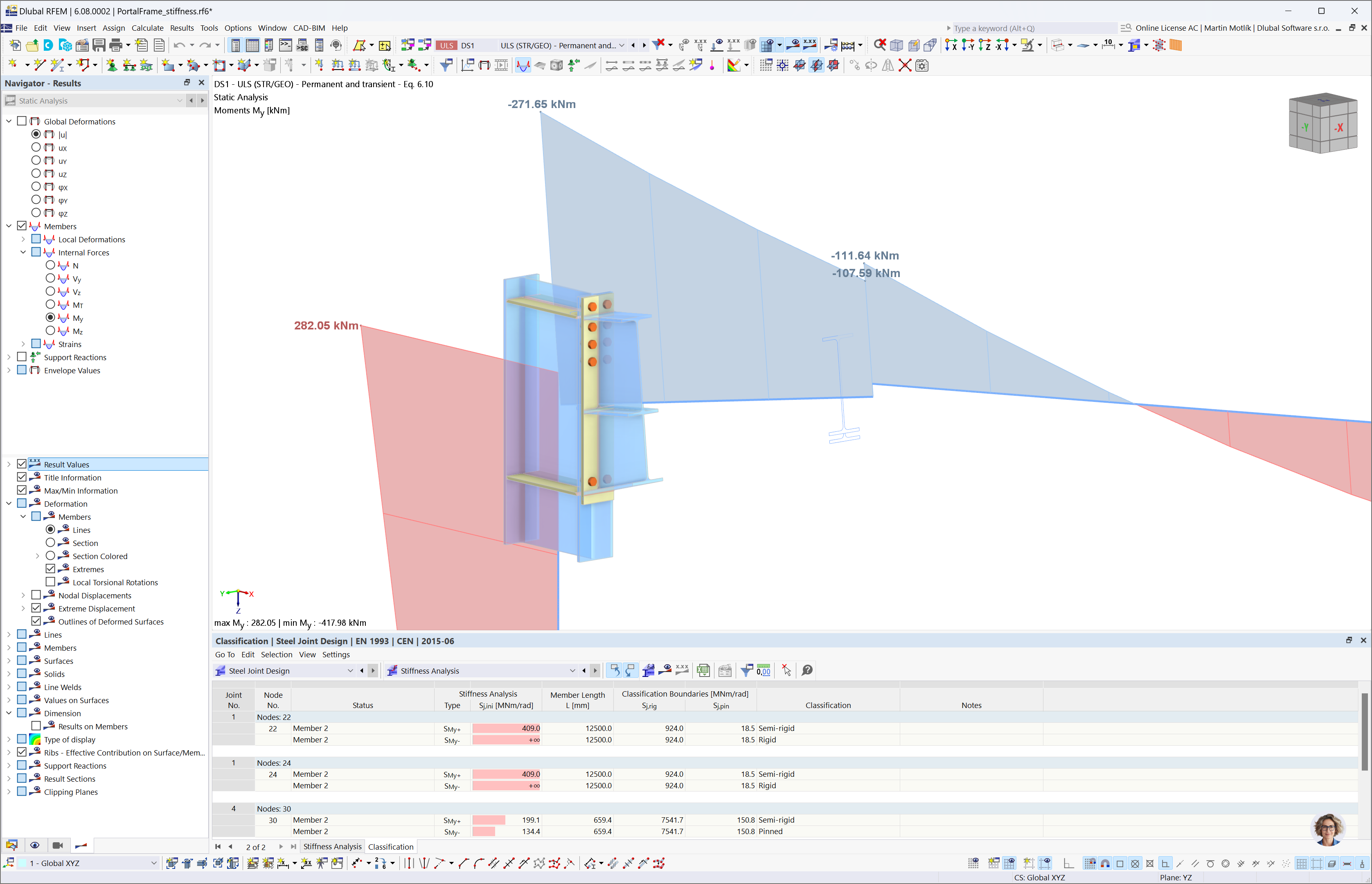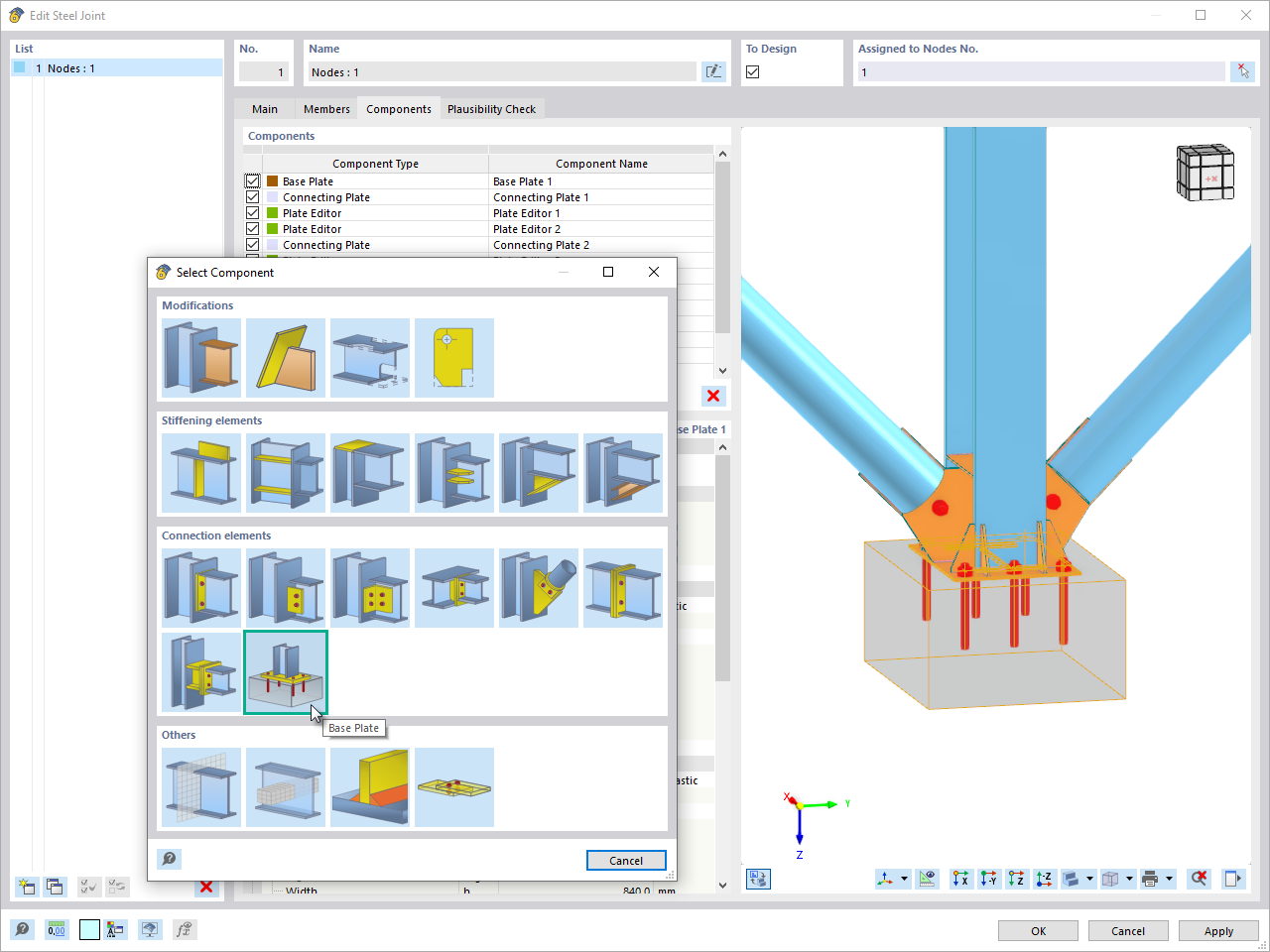Design and Features
The main steel structure of the Fondation Avicenne gravitates around three transverse crossbars, embedded at the base with beams forming horizontal frames, rising from 124.67 feet above the ground, allowing two sets of four stories to be suspended above a ground floor building, eventually shaping a nine-story main facility.
The cross-members outlining the frames are connected to each other by a longitudinal edge and are composed of reconstructed welded boxes with internal reinforcements and stiffeners, while the columns of these frames follow the same design plan. The two blocks float away from these columns and their sway is inconspicuously stabilized by struts merely connected to the columns and floors of levels 2 and 7.
The bracing is ensured by wind beams and by concrete slabs on each level cast on steel sheeting and supported on transverse steel beams, which are suspended on the facade and in the span.
The ground-floor building lies below, sitting on a reinforced concrete basement and featuring a steel structure consisting of trusses and purlins, which are vertically braced by concrete walls.
The six frame columns are each supported by a concrete shaft displaying a diameter of 6.56 feet, which loads down on the limestone layers to a depth of more than 72.18 feet.
The exterior staircase made of steel, which is a genuine masterpiece highlighted by its inverted double spirals, leads to the different room levels while additionally connecting the two interior elevators.
Technical Constraints
This renovation project consisted of preserving the main purpose of this facility by delivering 111 rooms for students as well as for academics; also by restoring some rooms to their former conformity and original furniture, which will allow the design offices to monitor the existing structure for future service loads.
Structural Design Software
The steel structure of the main building as well as the acting loads (permanent, operating, and climatic loads) were entirely modeled and designed (except for the external staircase) by the engineering office of NEMO-K during the design phase with RFEM FE design software and the RF-STEEL EC3, RF-CONCRETE, and RF-DYNAM Pro add-on modules. These devices were used to check the steel and concrete elements separately, as well as the vibration behavior of the structure.
Relying on this modeling, the results emphasized the need to provide reinforcement for specific structural steel parts such as suspension frame parts, as well as stabilization and bracing elements.
The Jaillet & Rouby office, which deals specifically with steel structures, added its calculations to the results obtained by NEMO-K during the design phase. The Baudin Châteauneuf company will eventually perform a third calculation during the execution phase, which will ultimately allow checking of the existing foundation shafts resting on the deep limestone layers.
The engineering office of NEMO-K also focused on the reconstruction of facade elements, ranging from simple joinery and glazing to infill panels, thermal insulation, and solar protection, using contemporary materials; thus it considerably improved the thermo-acoustic performance as well as the air and water tightness.
| Location | 27 D Bd Jourdan 75014 Paris France |
| Architect | Gilles Béguin & Marie Suzanne de Ponthaud |
| Engineering Office | Nemo-K |
| Design check office | JPS Contrôle |
| Construction company | Baudin Châteauneuf |











































.png?mw=512&hash=d27492014bf6070460be331541f846b202900f89)



-querkraft-hertha-hurnaus_Format.jpg?mw=350&hash=176dac0e8d7f626815a8142b712ddd9fbb415320)
-querkraft-hertha-hurnaus.jpg?mw=350&hash=e71c0062e900aa63b17afc163ecfdba85d3ca23d)
-querkraft-hertha-hurnaus.jpg?mw=350&hash=bc5d2d2e9f6dba5d0890a6d678365910960b7841)














.png?mw=600&hash=49b6a289915d28aa461360f7308b092631b1446e)

















